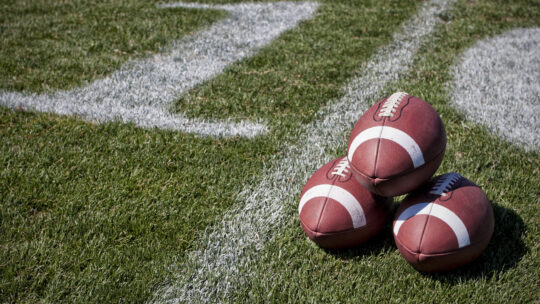
Media coverage of the Super Bowl, to be played at Allegiant Stadium in Las Vegas, on Sun., Feb. 11, is heating up—and the crescendo is certain to increase as the game comes closer. But instead of only feel-good stories, some of the coverage will focus on injuries to the brains of players and betting from home.
Because of the major media’s increasingly negative reporting about sports and athletes, there is evidence that PR practitioners should throw out the old sports marketing publicity playbooks and provide fresh ideas for clients. With controversy now a frequent element of the sports scene, it's time for new sports sponsorship thinking.
What PR Practitioners Can Do:
- When suggesting a sports-tie in, advise clients that the media no longer covers up the transgressions of once untouchable mega-stars, and that major sport organizations are under constant media scrutiny.
- PR agencies should consider reducing sports sponsorships budgets and use some of the money on “good citizen” PR programs that will receive positive publicity in both social media and traditional news outlets. That can produce a “good corporate citizen” image that may help offset a portion of any problems resulting from tie-ins with athletes or sports entities that generate negative coverage (such as the Olympics).
- Investigate possible problems that may occur at a sports venue or because of an athlete spokesperson’s comments or behavior and include suggested client responses in all programs if necessary.
- Inform sponsors that gaining earned media related to a mega sporting event has become more difficult as reporters look for cutting-edge newsworthy angles that their editors demand. A prime example was the coverage of the 2023 Super Bowl, where stories about betting, racial issues and the health of players were the most covered story lines.
- All agency mega sporting events account teams should include an individual with crisis communications expertise.
- Ensure sponsors are aware that the old tactic of using a retired athlete as a publicity spokesperson no longer guarantees coverage—and that more creative tactics have to be employed.
- And importantly, PR agencies should recommend programs that are continually covered, instead of ones that have a short shelf life. Baseball, football and basketball are covered by the media year-round. There is no reason that Super Bowl-related programs should disappear shortly after the game. Crafting a Super Bowl-related PR/publicity program that can gain media coverage for many months after the game is not difficult to do. And there are programs, such as the following, that can work with or without using a player.
A Few Fresh Ideas for Super Bowl Tie-In Programs:
- Have a team trainer of a Super Bowl team conduct “keeping in shape” clinics for youths and adults.
- Have a player from a Super Bowl team visit schools to discuss the importance of receiving an education and emphasize how few standout school athletes actually make it to the pro level.
- Have a player from a Super Bowl team conduct a clinic in the afternoon, and attend a dinner with a client’s important customers in the evening. (The clinics would receive media coverage in consumer outlets; the dinners could be covered in the trades.)
- Arrange a presser with youth sports coaches and journalists at which a doctor associated with a Super Bowl team would discuss the importance of constant medical checkups of players beyond the pre-season physical (including signs of what to look for).
By allocating an additional, minimal amount of money, clients that spend millions of dollars for a Super Bowl tie-in can extend the Big Game relationship year-round.
Arthur Solomon was a journalist and SVP/senior counselor at Burson-Marsteller who worked in sports and other sectors. Contact him: [email protected]
